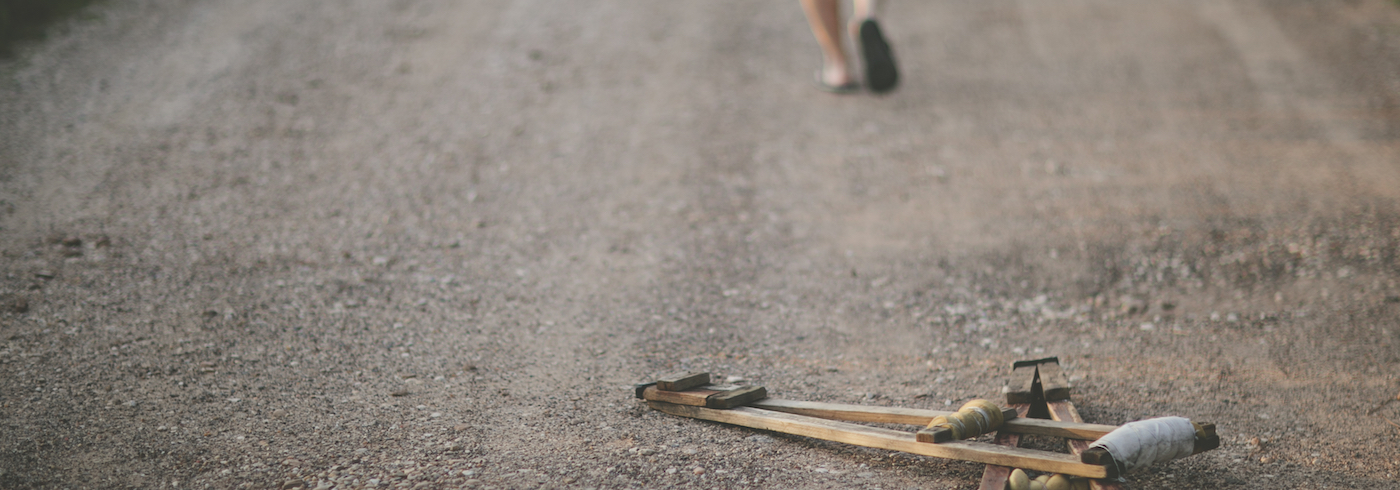The Case for Miracles | Book Review
The latest from Lee Strobel considers supernatural truth claims
On Pentecost Sunday evening, 1981, a young woman walked down the aisle of Wheaton Wesleyan Church in Wheaton, Illinois. Church attendance wasn’t uncommon in that city, which housed the headquarters of many evangelical institutions, including Wheaton College. And yet, this young woman’s steps elicited gasps from those in attendance.
Why? Because Barbara — that was the young woman’s name — had been diagnosed with progressive multiple sclerosis 16 years earlier. She hadn’t been able to walk for seven years. Indeed, at that point, the progression of her illness was so severe that she was in hospice care at her home, with a life expectancy of six months.
What accounted for the change? A prayer request for Barbara had been communicated to Moody Bible Institute’s radio program. Over 450 people wrote letters to her church, indicating they were praying for her.
As Barbara’s aunt read some of those letters to her at her bedside, Barbara heard a man’s voice say, “My child, get up and walk.” And she did. Barbara’s been free of MS ever since and now lives with her husband, a pastor, in Fredericksburg, Virginia.
Lee Strobel recounts Barbara’s story in his new book, The Case for Miracles. Strobel was the award-winning legal editor of The Chicago Tribune and an atheist before coming to Christ in the early 1980s. Since then, he has written The Case for Christ and other books investigating evidence for the truth claims of Christianity.
Christianity is an inherently supernatural religion. Among its supernatural truth claims are the existence of God, the creation of the world, the inspiration of the Bible, the incarnation of Jesus Christ, and Christ’s resurrection from the dead, among many other miracles. In the modern world, under the influence of science, many have come to doubt the reality of the supernatural.
To understand their doubts, Strobel interviews Michael Shermer, a well-known atheist and editor of Skeptic magazine. Shermer agrees with the critique of miracles outlined by the Scottish philosopher David Hume in his essay, “On Miracles.”
Hume defined a miracle as a violation of the law of nature. He believed that claims of miracles come from uneducated persons in less advanced societies, people and places unaware of how the world works. And he argued that, in any case, it was more likely that there was a natural explanation for an event than a supernatural one. Shermer considers this the best argument against the miraculous.
Whether through their presence or through their absence, miracles are signposts pointing to God.
Barbara’s case provides evidence that Hume was wrong. Here was a modern person, treated by doctors at the Mayo Clinic no less, whose instantaneous healing was documented by her doctors in two separately published books. And that healing took place in the context of a spiritual experience.
Those facts indicate that naturalistic explanations — remission, psychosomatic cure, placebo effect, etc. — are insufficient empirically.
And Barbara’s case is not the only one Strobel cites. Strobel interviews Craig Keener for further evidence in favor of miracles. Keener was an atheist who became a Christian. He is a well-known New Testament scholar and author of the two-volume book, Miracles.
While writing a commentary on the Book of Acts, Keener realized that too many scholars believe Acts is unreliable historically because it contains accounts of miracles. Keener decided that if he could provide evidence that miracles happen today, it would buttress the historicity of Acts. He provides documentations for hundreds of modern miracles, including Barbara’s.
Strobel goes on to interview other scholars about Christianity’s supernatural truth claims: Candy Guenther Brown on the efficacy of prayer and Michael Strauss on the Big Bang and the fine-tuning of the universe, for example. And Strobel summarizes the case for the resurrection of Jesus through an interview with atheist-turned-Christian J. Warner Wallace, a cold-case homicide detective.
Of course, miracles don’t always happen. They’re exceptions to the laws of nature, not the way that nature ordinarily works, after all. Strobel interviews Christian philosopher Douglas Groothuis (pronounced GROTE-hice) to understand how Christians can remain faithful in the absence of miracles.
Groothuis’ wife, Rebecca, a scholar in her own right, was diagnosed with primary progressive aphasia, which has slowly robbed her of her ability to speak and to think. It’s been agonizing to watch, but Groothuis’ faith has helped him. “I’m hanging by a thread,” he says. “But, fortunately, the thread is knit by God.”
Whether through their presence (Barbara’s case) or through their absence (Rebecca’s case), miracles are signposts pointing to God. On the one hand, if readers approach miracle claims with an open mind — i.e., one that doesn’t rule out miracles because of a dogmatic naturalistic worldview — they might come to believe that there’s more to nature than meets even the scientifically trained eye.
On the other hand, if they realize that this-worldly suffering poses unavoidable questions of meaning and significance, they might come to believe that they need more out of this life than this life can offer.
Either way, that “more” is God. If you’ve never thought about the case for miracles or the importance of finding meaning in life, I encourage you to read The Case for Miracles and reach your own verdict.
Book Reviewed
Lee Strobel, The Case for Miracles: A Journalist Investigates Evidence for the Supernatural (Grand Rapids, MI: Zondervan, 2018).
Influence Magazine & The Healthy Church Network
© 2025 Assemblies of God

